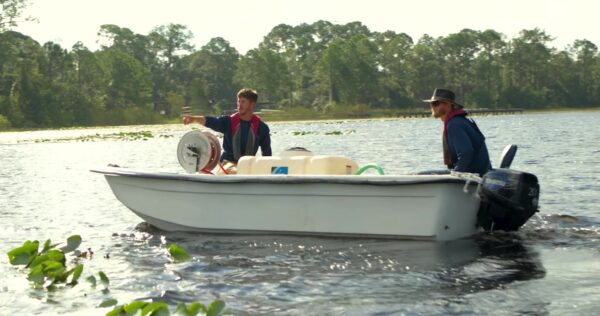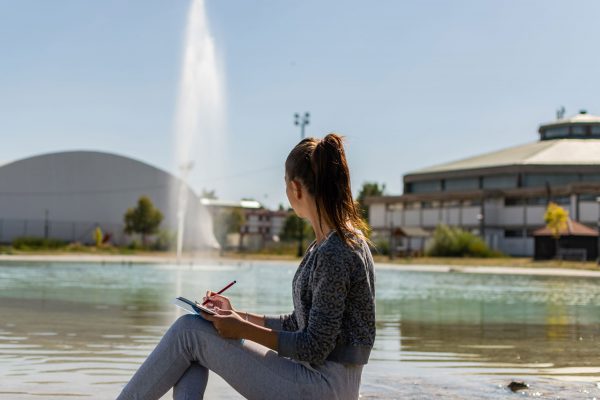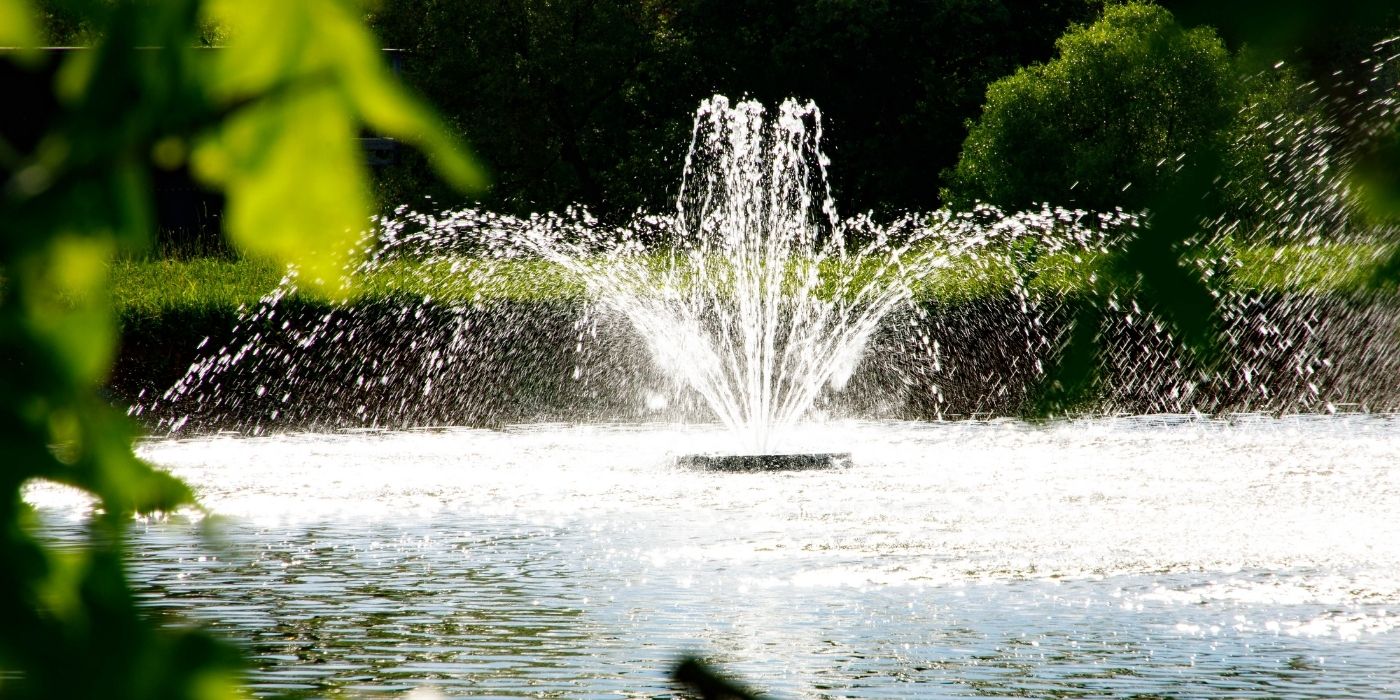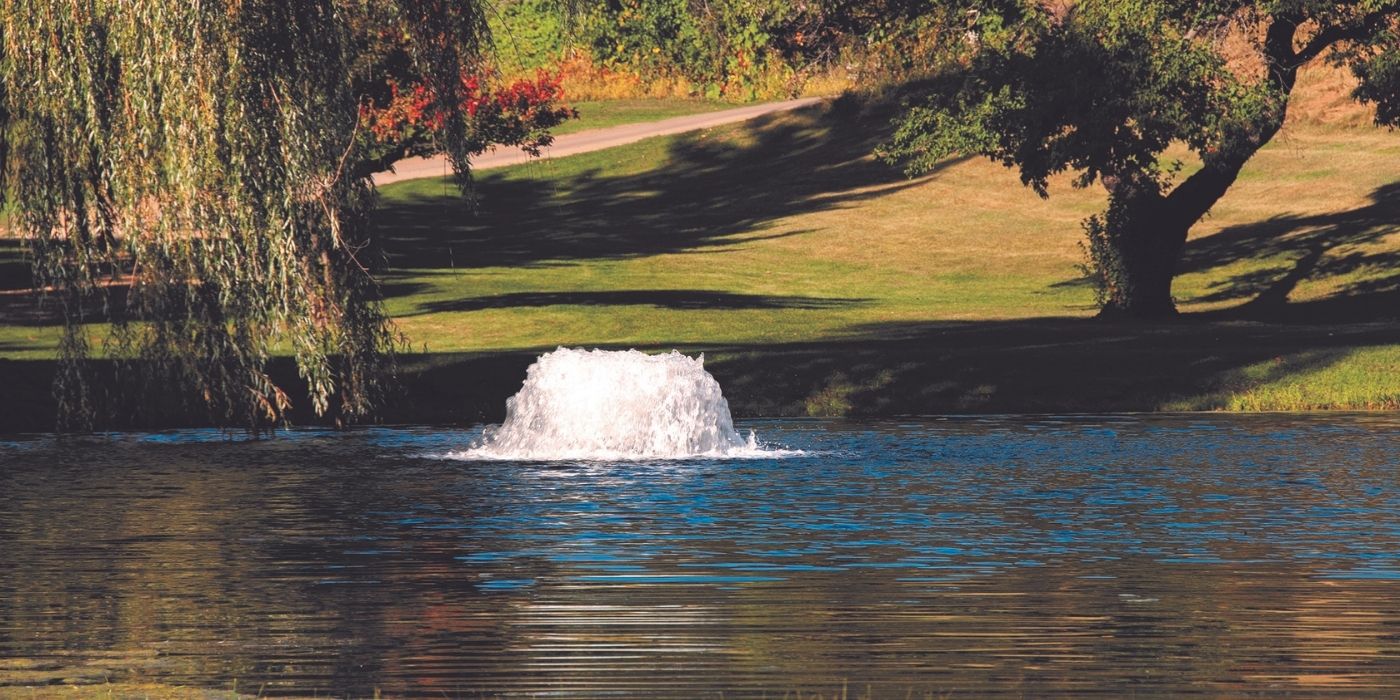
When you invest in a fountain or aeration system, you expect it to help keep your waterbody healthy and looking its best for many years. But without regular maintenance, even the best systems can fall short. Like a well-maintained car, your system can deliver reliable performance far beyond the typical 4 to 5-year lifespan—sometimes lasting 10 years or more—when given the attention it needs.

Floating pond fountains
- Best for ponds 4-6 feet deep
- Circulate water at the surface
- Often outfitted with aesthetic spray nozzles and lighting

Surface aerators
- Best for ponds 4-8 feet deep
- Designed for functionality; churn large volumes of water, but can be used to enhance aesthetics via lighting
- Provide 10x the oxygenation benefits as traditional fountains
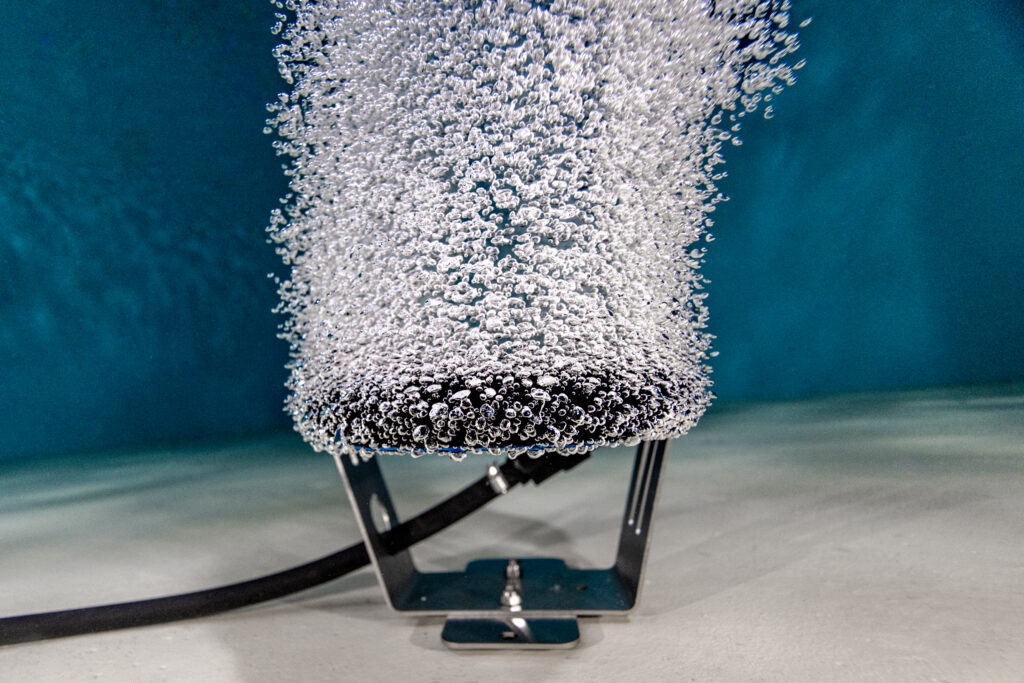
Submersed aerators
- Designed for waterbodies over 6 feet deep
- Circulate and oxygenate the water column from bottom to top
- Can be placed under floating systems to maximize oxygenation
Maintaining your fountain or surface aerator systems
Fountains and surface aerators do a lot of heavy lifting, literally moving hundreds of gallons of water per minute. Here’s how to keep them in working order:
Monthly:
Clean debris screens – Because these systems are physically located in the water, maintenance is largely focused on preventing blockages. Leaves, fishing lines, plastic bags, nuisance weeds, and other debris can clog spray nozzles and strain internal components, reducing overall performance.
Quarterly:
Inspect control panels – On-shore panels contain safety equipment, electrical timers, and motor controls that must remain clean and dry. Corrosion, wiring issues, or wildlife interference (like rodents) can cause unexpected system shutdowns and safety risks.
Annually:
Prep for winter – In colder climates, winterization is critical. Freezing temperatures can crack housings, damage motors, and shorten the life of your system. The best practice is to remove and store equipment indoors during the off-season, following manufacturer guidelines to prevent freeze-related damage.
Every 2-3 Years:
Oils and seals change – A key maintenance step for floating fountains with oil-cooled motors, this service involves replacing worn seals, changing the oil, and inspecting internal components to prevent water intrusion and ensure smooth operation.
Maintaining your submersed aerators
Submersed aerators typically require less maintenance because they do not have moving parts or subsurface electrical components. However, they are not maintenance-free.
Monthly:
Inspect tubing – The most common issues arise from the air delivery tubing. Wildlife such as muskrats, turtles, or alligators may bite or chew through lines, causing loss of pressure and reduced performance.
Quarterly:
Inspect control panels – The onshore cabinet housing the air compressor can overheat if dust builds up or ventilation is blocked. Cabinets also tend to attract insects, particularly ants, which can nest inside and cause electrical shorts.
As Needed:
Replace diffusers and air intakes – Though these components don’t always require maintenance, they may need to be replaced over time to ensure water and oxygen continue flowing at optimal rates.

When maintenance isn’t enough
Even with the most diligent care, no system lasts forever. Here are some signs that it’s time to consider a replacement:
Frequent breakdowns – One of the first signs is frequent or recurring issues. If you’re constantly dealing with shutdowns, decreased flow, or poor oxygenation, your equipment may be approaching the end of its service life.
Mountain repair costs – Replacing a motor, control panel, or other major components in an aging system can quickly become more expensive than installing a new unit altogether. Often, fixing one part only uncovers additional weak points elsewhere in the system.
Outdated models — Older models typically lack the energy efficiency, safety features, and durability of newer designs. Likewise, new aeration systems are often backed by more comprehensive warranties.
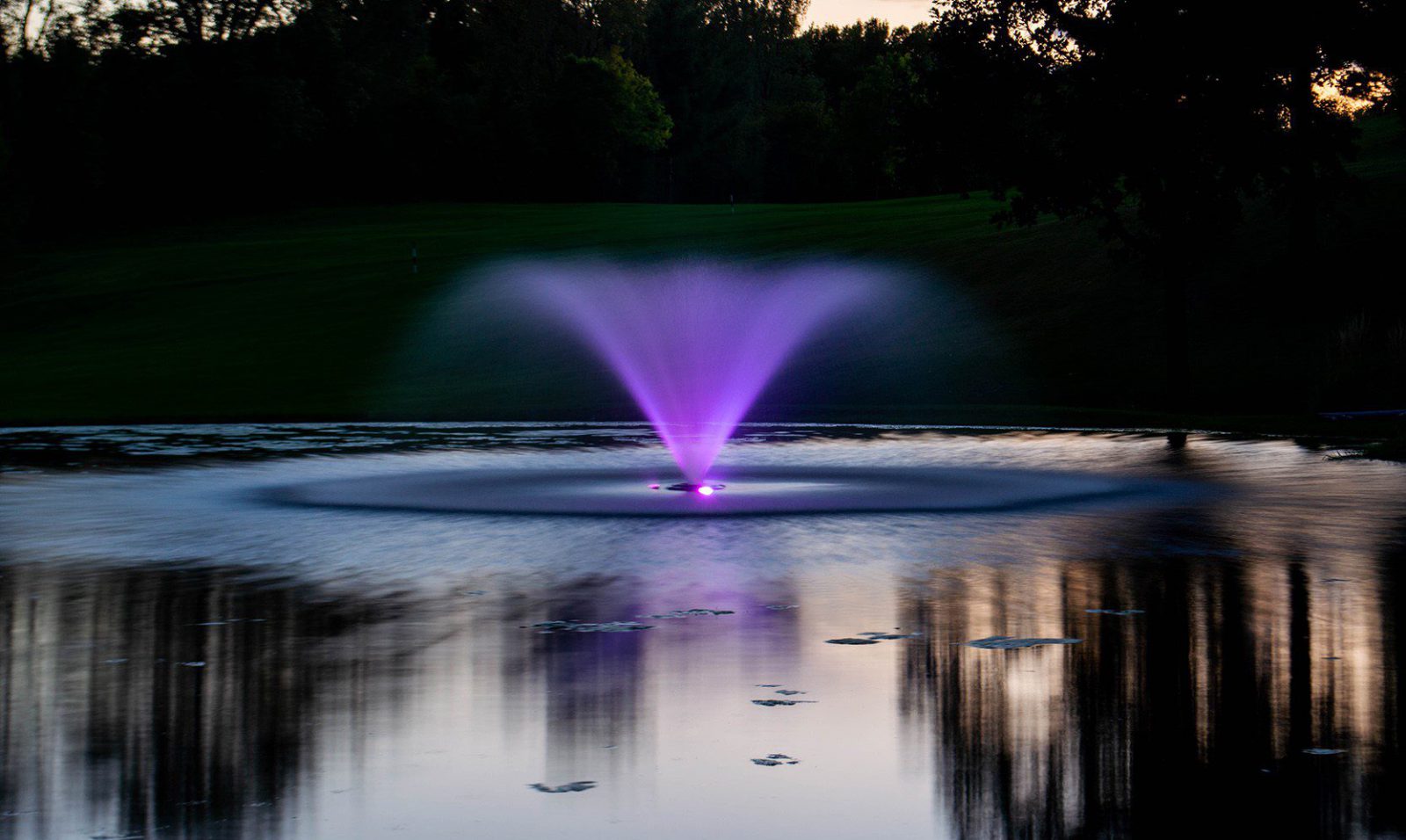
Maintain Your Pond Fountain and Aerators with Regular Maintenance
Maintaining your fountain, surface aerator, or submersed aerator isn’t just about prolonging the lifespan of the equipment—it’s about preserving the lifespan of the entire waterbody. Whether your goals are to promote more balanced water, healthier fish, or enhanced aesthetics, consistent maintenance is crucial.
Every waterbody is different, and so is every maintenance plan. An Aquatic Expert can help create a year-round program that’s tailored to your unique needs and budget. Contact SOLitude to start building your preventative maintenance plan today.
Discover the Benefits of Oxygenation
SOLitude Lake Management is a nationwide environmental firm committed to providing sustainable solutions that improve water quality, enhance beauty and preserve natural resources.
SOLitude’s team of aquatic scientists specializes in the development and execution of customized lake, stormwater pond, wetland and fisheries management programs. Services include water quality testing and restoration, algae and aquatic weed control, installation and maintenance of fountains and aeration systems, shoreline erosion control, muck and sediment removal and invasive species management. SOLitude partners with homeowners associations, golf courses, private landowners, businesses and municipalities. SOLitude Lake Management is part of Rentokil, a leading business services company, operating across the United States, Canada and Puerto Rico.
For more information, visit SOLitude Lake Management at solitudelakemanagement.com, and connect on Facebook, LinkedIn, Twitter, Instagram and YouTube.




